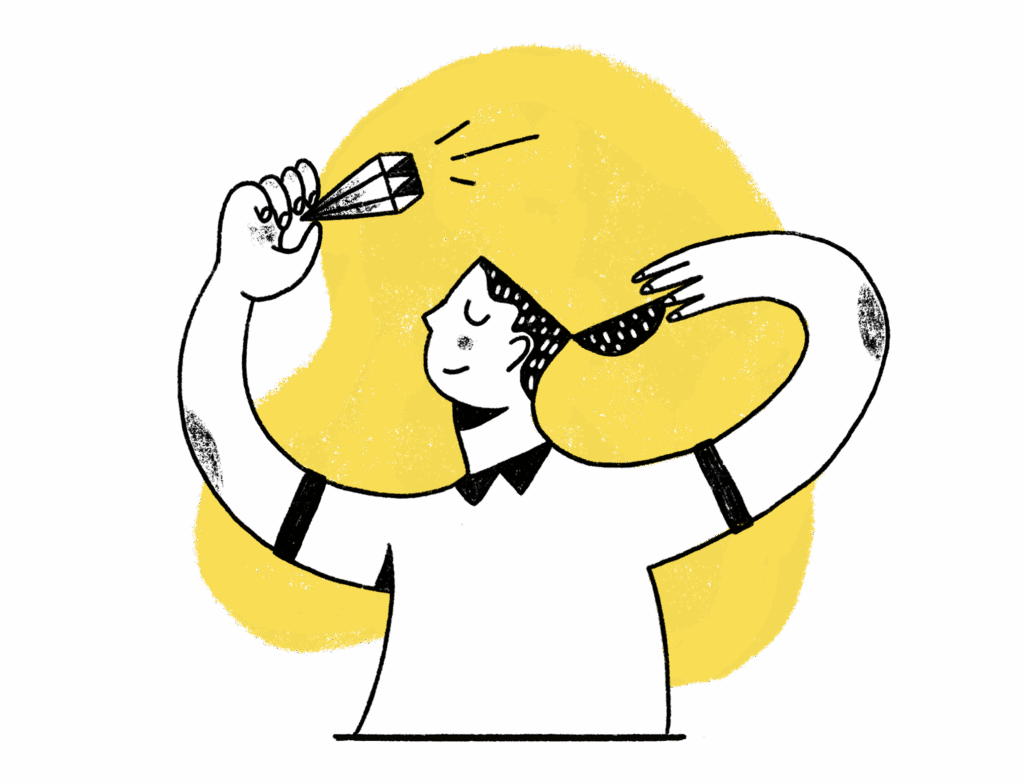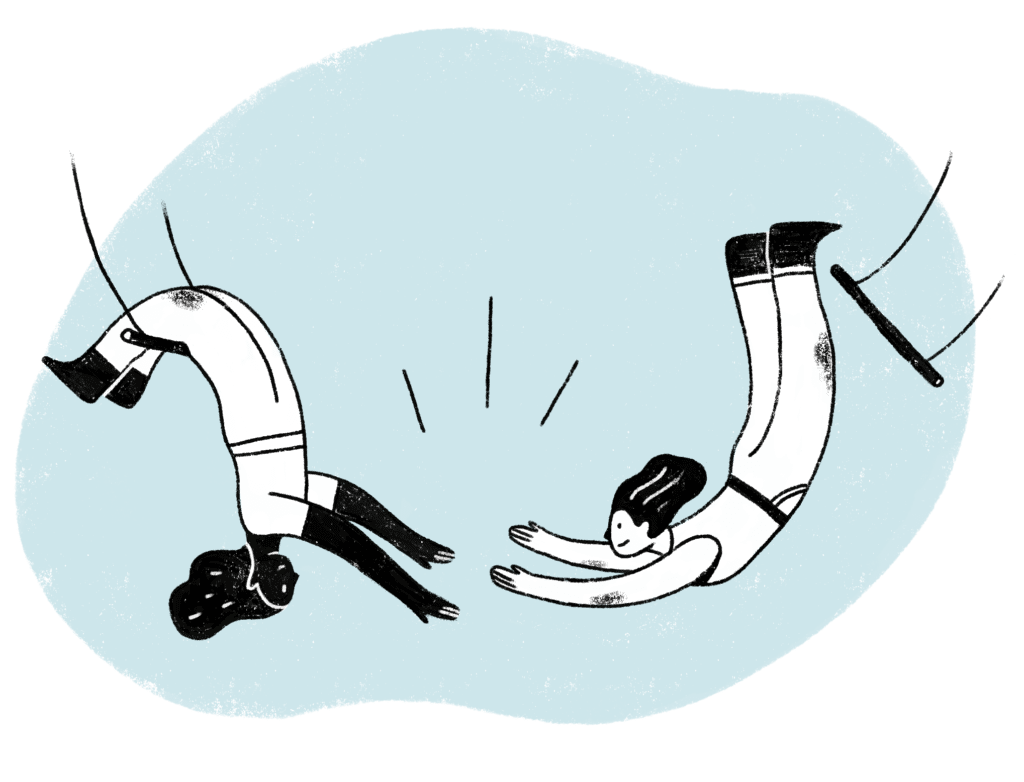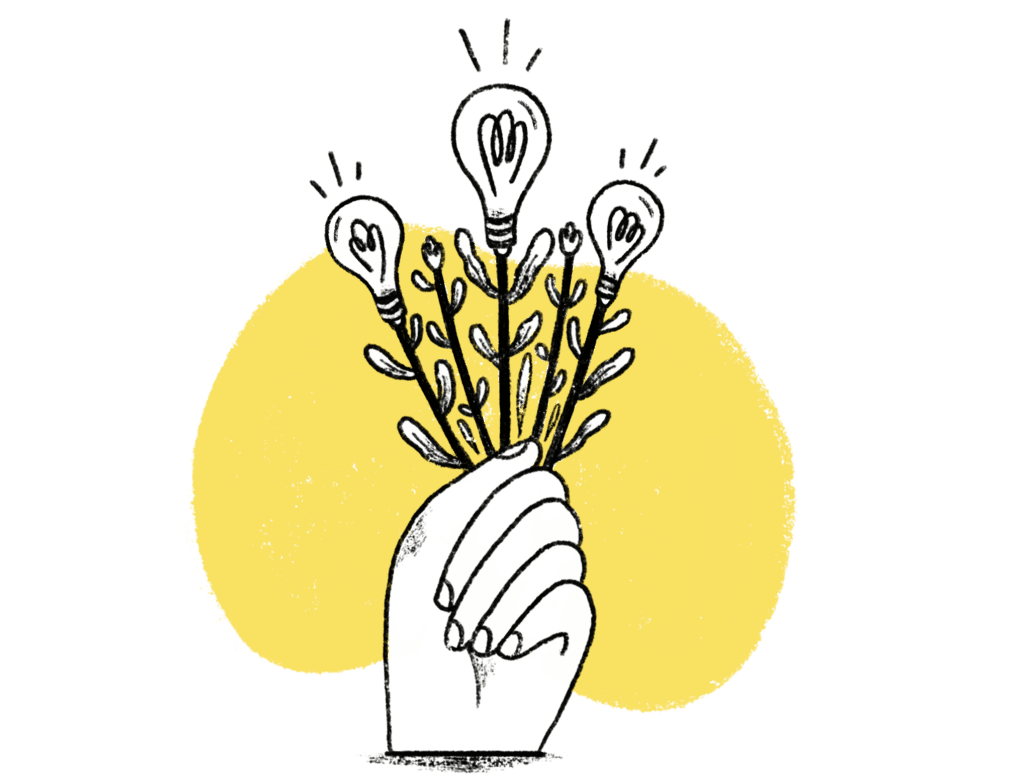
24 October 2025
5 min.
Risques psychosociaux
27 October 2025
7 min.

Chronic stress, loss of meaning, tension between colleagues… Psychosocial risks weigh heavily on both team health and organizational performance. And yet, most prevention strategies tend to overlook one key element: emotions.
Behind every metric—absenteeism, low motivation, high turnover—are unspoken, ignored, or bottled-up emotions. That’s where emotional culture comes in. It plays a big role in how people experience their work, interact with others, and deal with pressure.
So what if the first step to preventing psychosocial risks was simply to pay attention to what’s going on inside—before it spills over?
We talk a lot about corporate culture—but rarely about emotional culture. And yet, this invisible layer has a major impact on how people cope with pressure, relate to one another, and feel at work.
Researchers Sigal Barsade and Olivia O’Neill were among the first to define emotional culture as the set of emotions that are encouraged, expressed—or suppressed—in a workplace (1). Some organizations foster warmth and mutual support; others value restraint and performance above all else. In both cases, there’s an implicit message: “Around here, some emotions are welcome, others are not.”
The thing is, emotional culture isn’t neutral. It directly affects how psychosocial risks show up: stress, isolation, burnout, conflict, or a loss of meaning. According to the National Institute of Public Health of Quebec (2022), these risks are now seen as measurable and modifiable health factors, just like physical risks (2). Which means that building an emotionally healthy work culture is a prevention strategy in its own right.
Picture a team that takes five minutes at the start of a meeting to check in on how everyone’s feeling. This simple ritual—often called an emotional check-in—creates a sense of connection and reduces perceived stress. Studies in work psychology back it up: these moments of emotional openness are linked to greater job satisfaction and lower absenteeism.
Bottom line? Tuning into your workplace’s emotional culture—and choosing to nurture it intentionally—is already a strong move toward psychosocial risk prevention.
Develop your emotional intelligence for an authentic, aligned and engaging leadership

In today’s workplace—marked by uncertainty, overload, and scattered teams—what really makes a difference isn’t just individual well-being. It’s the organization’s ability to name, feel, and manage emotions as a group. That’s where emotional intelligence becomes a key tool for prevention.
Emotional intelligence is traditionally based on four pillars: self-awareness, self-regulation, empathy, and social skills. But when it comes to psychosocial risks, it takes on a broader role. It becomes a team’s ability to:
→ Recognize underlying emotional states (fatigue, anxiety, frustration)
→ Create safe spaces to talk about them
→ Adjust the team climate accordingly
Research confirms the impact. A 2022 meta-analysis published in Frontiers in Psychology found a clear negative link between emotional intelligence and perceived workplace stress (3). In plain terms: the higher the emotional intelligence, the lower the stress.
Similarly, a 2024 study in Administrative Sciences showed that employees with strong emotional intelligence perceive a more positive team climate and are more satisfied at work—largely due to lower stress levels (4).
On a group level, emotional intelligence acts like a collective safety net. A team that can name tension before it explodes—or support each other during crunch times—is practicing what psychologists call emotional co-regulation. This helps build psychological safety, reduces defensive behaviours, and lowers the risk of burnout or open conflict.
In short: emotional intelligence isn’t a nice-to-have. It’s a science-backed strategy for reducing psychosocial risks and a cornerstone of mental health at work.
Sur le plan collectif, l’intelligence émotionnelle agit comme un système de protection mutuelle. Une équipe capable de reconnaître une tension avant qu’elle n’explose, ou de se soutenir lors de périodes intenses, développe ce que les psychologues appellent la co-régulation émotionnelle. Ce processus renforce la sécurité psychologique, réduit les comportements défensifs et diminue les risques de burnout ou de conflits ouverts.
Create a climate of trust, openness and healthy performance in the workplace

Knowing that emotions matter is one thing. Making space for them in day-to-day management is another. That’s where science and culture come together: a healthy emotional culture doesn’t happen by chance. It’s built through small, consistent actions and conscious choices.
Organizations that succeed in preventing psychosocial risks often share one insight: emotional regulation isn’t just an individual skill—it’s a team effort. Emotions ripple, amplify, and spread. Talking about them is already a way to manage them.
Here are a few simple, science-backed practices that can shift team dynamics:
✓ Emotional rituals – Check-ins and check-outs at the beginning and end of meetings, or weekly “mood rounds,” help teams co-regulate and reduce emotional overload
✓ Emotional recognition – Naming and validating what others are feeling builds psychological safety
✓ Empathetic feedback – Honest, kind conversations about what the team is going through help prevent long-term tensions
These micro-practices aren’t just warm fuzzies—they’re risk management tools. By making them part of everyday life, we target one of the root causes of psychosocial risks: unspoken emotional overload.
To make these practices stick, they need to be recognized, supported, and measured. Some ways to do that:
→ Add emotional climate indicators to internal surveys
→ Offer training on emotional communication and managing collective stress
→ Institutionalize recognition and gratitude rituals
→ Acknowledge managers who create psychologically safe spaces, just as much as those who hit their KPIs
Boost team motivation, engagement, and morale thanks to authentic recognition

Preventing psychosocial risks starts with understanding what’s really going on in your organization. Rather than piling on new wellness programs, it’s about listening, observing, and addressing the actual sources of pressure.
That’s where emotional intelligence shines. It gives us the tools to respond with empathy and clarity—and to build a lasting culture where performance and psychological health go hand in hand.
At Boostalab, we help organizations identify and prevent psychosocial risks through a human approach that also aligns with legal obligations around psychological health and safety. Because building an emotionally intelligent culture isn’t a luxury—it’s a shared responsibility, and a powerful long-term lever for collective performance.
To support your team in developing the essential soft skills to build a healthy and engaging workplace climate, we offer flexible options to fit your reality:
→ Group training: Explore our team workshops and learning journeys
→ Individual training: Discover our accessible, practical, people-first e-learning
→ Training for your LMS: Use our content on your own learning platform
→ Corporate subscription: Give your team full access to our online learning platform
Pick the format that fits your goals and your professional reality! Take the quiz to see what solution fits best!
Meet your Bill 27 obligations and be proactive about psychosocial risks with Boostalab

1. Barsade, S. (2016). Balancing emotional and cognitive culture. Wharton Magazine.
2. Chénard, C., Mantha-Bélisle, M.-M., & Vézina, M. (2022). Risques psychosociaux du travail : des risques à la santé mesurables et modifiables. Institut national de santé publique du Québec.
3. Doğru, Ç., et al. (2022). A meta-analysis of the relationships between emotional intelligence and employee outcomes. Frontiers in Psychology.
4. García del Castillo-López, Á., & Pérez Domínguez, M. (2024). Employees’ emotional intelligence and job satisfaction: The mediating role of work climate and job stress. Administrative Sciences.
Blog
👉 Get 3 training themes for the price of 2!
A winning investment for your teams.
🔥 Offre exclusive jusqu’au 31 octobre 2025 : 3 thématiques de formation pour le prix de 2!
Un investissement gagnant pour vos équipes!